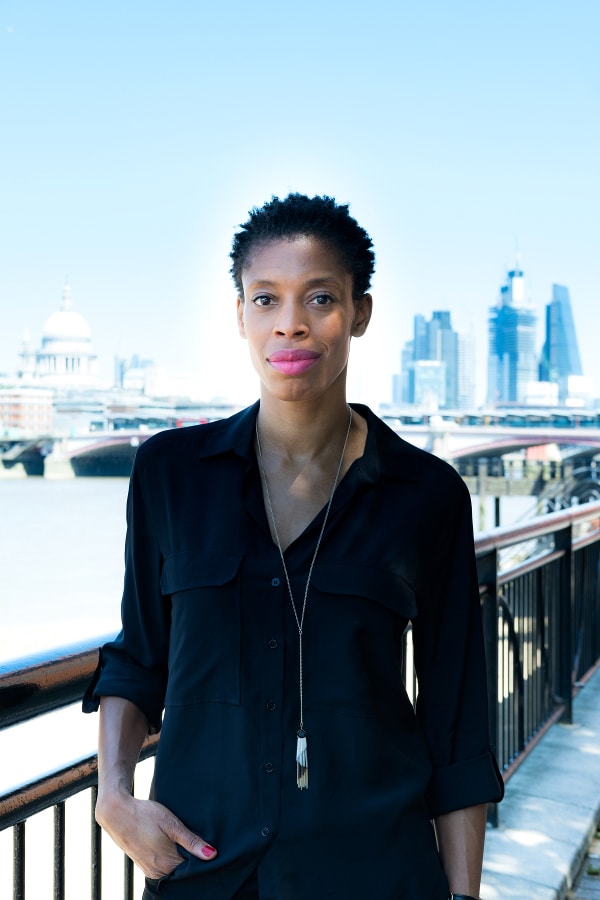
We are moving into a new era of work —one that we may not have experienced before. The past year was a mass experiment in remote working, and we learned a lot about our relationship with the workplace. We have recognised that “not in the office” doesn’t have to mean “not working.” Companies and workers have seen opportunities in a new way of operating and are reluctant to go back to how things were before.
However, in the midst of this global disruption, even the most tight-knit of teams grappled with connection and communication. Teams that already had cracks in their culture—low productivity, lack of engagement, task overload and ineffective meetings before the pandemic —found that these cracks widened even further when forced to work from home.
We now have a unique moment to choose what we want to keep from before, what we leave behind, and how to reinvent our teams completely. It’s a new era of work, and we get to build it together.
Realistically, most of us won’t be 100% remote or 100% in the office but will fall somewhere between, which means negotiating complexities of this new “hybrid continuum.” We now need to explore what our future looks like and how it works for our businesses, our teams and us as individuals.
What will it look like to manage a team that is working from different locations at different times, and maybe even across time-zones?
Addressing this challenge head on requires a new approach—and one that is entirely within your capability as a team leader.
Your role is to facilitate key conversations with your team. You can use Bracket’s five pillars for high-performing teams as a framework:
Explain to your team that you will be taking them through a series of discussions to explore how you will transition to hybrid, starting with their individual reflections and ending with designing new ways of working together.
No-one quite knows how your transition to hybrid will play out. Situations and people may change, and as we get deeper into this new way of working we will learn more about how we collaborate as a team. The best approach is to make small changes over time, rather than big one-off shifts, and get into the mindset of continuous development.
Team dynamics will shift as people leave or join the team, the context around you changes (as we’ve seen over the past year) and when you engage in new projects. All of this contributes to your team’s learning and development, which needs an approach — regular conversations around the five key pillars — that enables us to evolve with the changes we experience over time. This will build a resilience that will remain with your team through any changes they experience.
Your team culture is unique because it is shaped by the individuals in the team, the type of work you do, and the context and environment you work within. You are creating a whole new way for your team to interact with each other and this will also transform how you perform, work creatively and collaborate in the long-term.
Article by Alison Coward, MSDUK Member, email: alison@bracketcreative.co.uk, or visit www.bracketcreative.co.uk.
T. +44 (0) 116 2532520
A. Studio 5, Phoenix Square,
3 Burton Street, Leicester LE1 1TB UK
Navigate
Newsletter sign-up
Get the latest MSDUK updates
delivered straight to your inbox.
Get the latest MSDUK updates delivered straight to your inbox.
© 2025 MSDUK. All rights reserved.
Desinged by
Jensen & Jensen